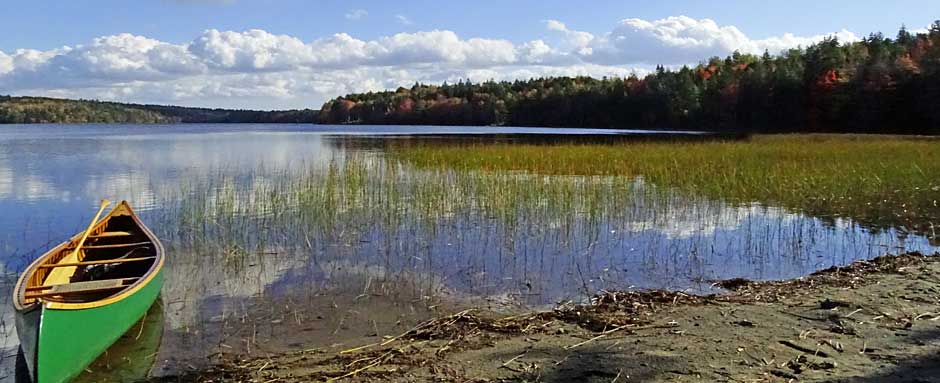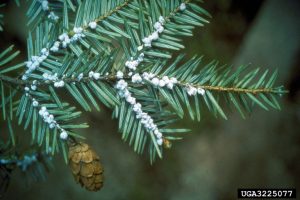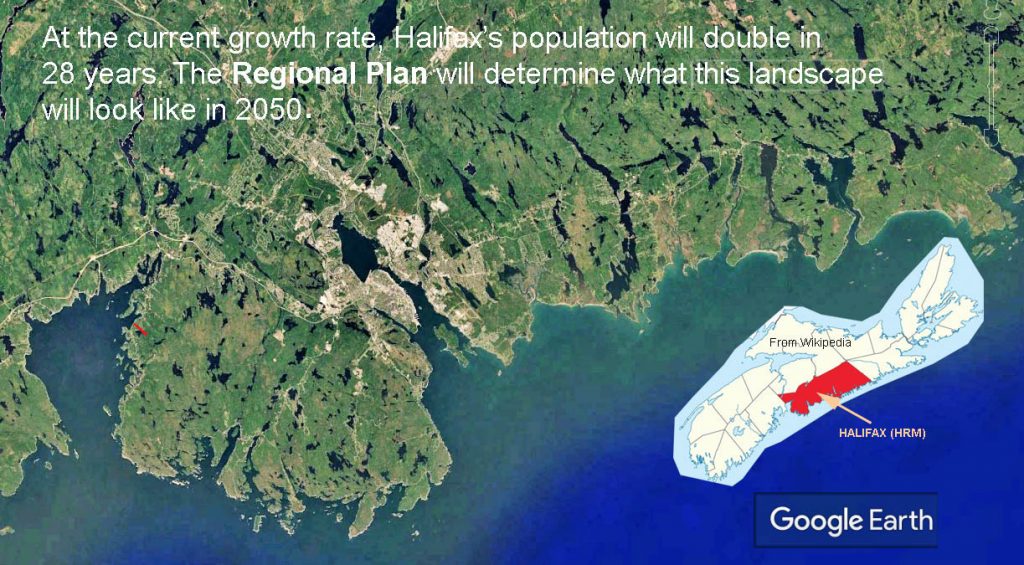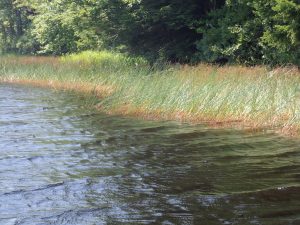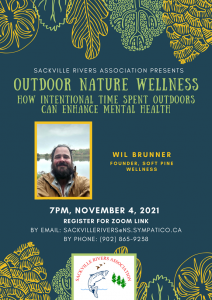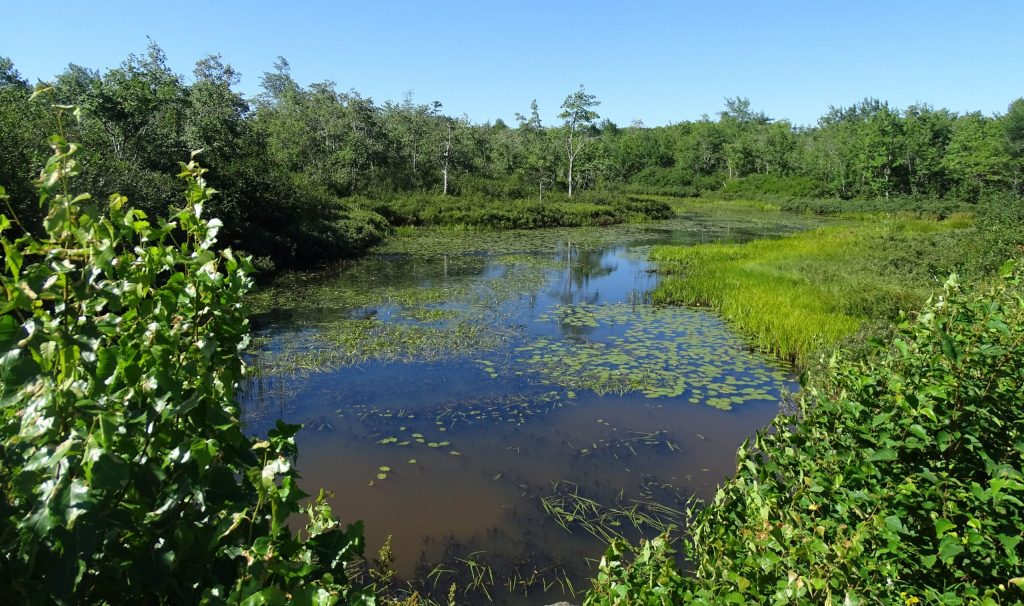Update Apr 21, 2022: The Feds think ecological corridors provided by areas such as Sandy Lake are important. See Parks Canada, Government of Canada launches new National Program for Ecological Corridors (Posted Apr 21, 2022)
Walter Regan on the Todd Veinotte Show
Interview is at the beginning, 0 to 10:45 min “Walter Regan discusses the plan to fast-track housing development in an ecologically diverse area, raising concerns for conservationists who’ve been fighting for years to protect the unspoiled land west of Halifax.” It is an impassioned and comprehensive overview of the major issues as only Walter Regan can do…
Municipality launches LakeWatchers Water Quality Monitoring Program
HRM Public Service Announcement “The municipality is launching a new Lake Water Quality Monitoring Program called LakeWatchers, which will conduct environmental monitoring in 76 lakes across the municipality. The purpose of the program is to collect data, such as pH levels, to inform future actions to maintain or improve a lake’s health. The data will be publicly available through future staff reports to Regional Council and through the municipality’s Open Data Portal. “Includes Sandy Lake.
